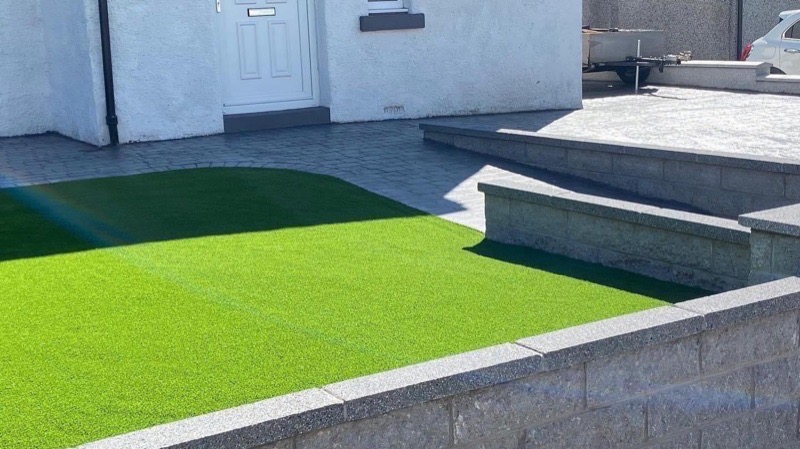When it comes to playgrounds, safety is paramount. Artificial grass has become a popular choice for playground surfaces due to its durability and low maintenance, but ensuring the safety of children requires careful consideration and proper installation. Here’s how to prioritize safety when installing artificial grass on playgrounds.
1. Choose the Right Type of Artificial Grass
Selecting the appropriate type of Artificial grass installers is crucial for playground safety. Opt for turf specifically designed for high-traffic areas and play environments. This type of grass often features:
- Padding and Shock Absorption: Ensure the artificial grass has adequate padding and shock-absorbent properties. The padding beneath the turf is essential for reducing the impact of falls and minimizing the risk of injury. Look for grass with a soft, cushioned backing or install additional shock-absorbing layers under the turf.
- Non-Toxic Materials: Choose turf made from non-toxic, child-safe materials. This is important to prevent exposure to harmful chemicals and ensure a safe play environment.
2. Proper Installation of Impact-Absorbing Padding
To enhance safety, proper installation of impact-absorbing padding beneath the artificial grass is vital. This padding can include:
- Rubber Mulch: Made from recycled tires, rubber mulch provides excellent shock absorption and cushioning. It’s a popular choice for playgrounds due to its durability and ability to reduce the impact of falls.
- Foam Pads: Various types of foam pads are available, offering different levels of impact protection. These pads should be installed to a depth recommended by safety standards to effectively cushion falls.
- Engineered Wood Fiber (EWF): EWF is another option that provides good impact absorption. It’s made from processed wood and is often used in combination with other materials for added safety.
3. Ensure Proper Drainage
Effective drainage is crucial for maintaining safety and performance. Ensure the playground area has a well-designed drainage system to prevent water pooling. Standing water can create slippery surfaces and increase the risk of accidents. Proper drainage helps keep the surface dry and safe for play.
4. Regular Maintenance and Inspections
Regular maintenance and inspections are essential for ensuring the ongoing safety of the playground:
- Inspect for Wear and Tear: Regularly check the artificial grass for signs of wear, such as thinning areas or exposed padding. Address any issues promptly to prevent potential safety hazards.
- Clean the Surface: Keep the playground surface clean to prevent the buildup of debris or substances that could cause slips or falls. Regularly remove leaves, dirt, and other debris from the turf.
- Check Padding and Infill Levels: Ensure that the padding beneath the turf remains in good condition and that the infill material is evenly distributed. Refill or replace padding as needed to maintain proper shock absorption.
5. Comply with Safety Standards
Adhere to safety standards and guidelines specific to playground surfaces. Organizations such as the American Society for Testing and Materials (ASTM) and the Consumer Product Safety Commission (CPSC) provide guidelines for playground safety, including requirements for impact attenuation and surfacing materials. Ensure that your installation complies with these standards to provide a safe environment for children.
6. Consider Environmental Factors
Consider the environmental factors that might affect playground safety:
- Temperature: Artificial grass can become hot in direct sunlight. Ensure that the turf is suitable for your climate and consider adding shade structures to keep the surface cooler and reduce the risk of burns.
- Weather Resistance: Ensure the artificial grass and padding are resistant to various weather conditions, including rain and extreme temperatures. This helps maintain safety and performance throughout the year.
In conclusion, installing artificial grass on playgrounds requires careful attention to safety. Choosing the right type of turf, installing impact-absorbing padding, ensuring proper drainage, performing regular maintenance, complying with safety standards, and considering environmental factors are all crucial steps in creating a safe and enjoyable play area. By prioritizing these aspects, you can provide a secure and fun environment for children to play and explore.
